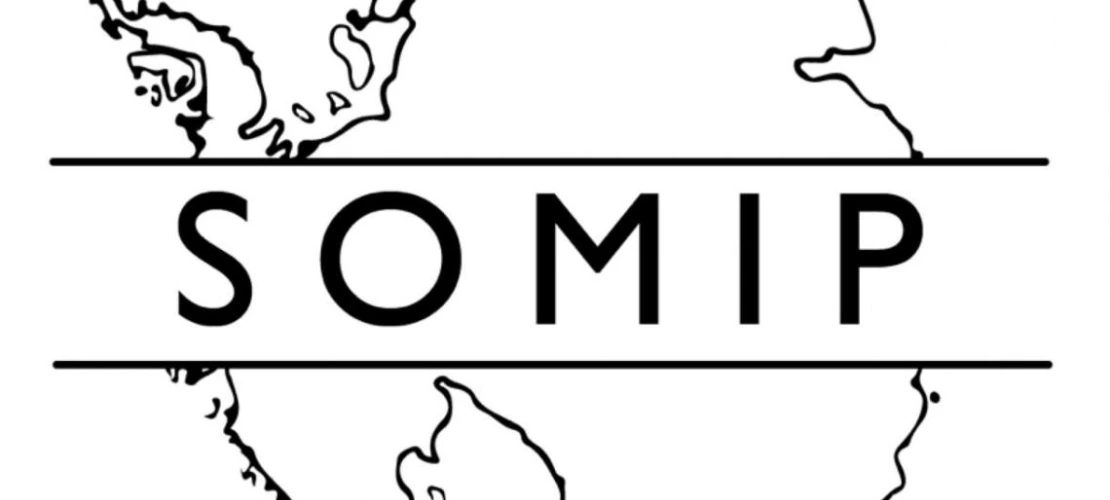Southern Ocean Model Intercomparison Project (SOMIP)
The Southern Ocean Model Intercomparison Project is an atmosphere-ocean general circulation model (and earth system model) intercomparison project, and is a subset of FAFMIP. SOMIP is primarily focused on the CMIP6 scientific question “How does the Earth System respond to forcing?” with the aim of reducing uncertainties in climate projections of ocean heat and carbon uptake, by defining the role of the Southern Ocean in the climate.
Motivation
The latest generation of climate models do not include ice sheet melt in historic or future projections, despite projections that the Antarctic ice sheet will contribute as much as 1m to global sea level rise under an RCP8.5 scenario (DeConto and Pollard, 2016). Previous Southern Ocean freshening simulations show clear effects of on the climate: a reduction of global surface air temperature, an increase in Southern Hemisphere sea-ice, a reduction of bottom water formation and a warming of the sub-surface ocean temperatures (Stouffer et. al., 2007; Aiken et. al., 2008; Goelzer et. al., 2011; Ma et. al., 2013; Fogwill et. al., 2015; Bakker et. al, 2017) However, these studies disagree as to the magnitude of the climate response to the freshwater input, partly due to different forcing scenarios and partly due to model differences.
The vast majority of CMIP5 models also have varying degrees of equator-biased westerly winds over the Southern Ocean compared to observations. This leads to model biases in ocean dynamics and carbon uptake with respect to each other and the observations (Russell et al., 2006, doi:10.1175/JCLI3869.1, Downes and Hogg, 2013, doi:10.1175/JCLI-D-12-00504; Meijers, 2014, doi:10.1098/rsta.2013.0296; Ito et al., 2015, doi:1 0.1002/2015GL064320, Farneti et al., 2015, doi:10.1016/j.ocemod.2015.07.009, Downes et al., 2015, doi:10.1016/j.ocemod. 2015.07.022).
SOMIP will address these uncertainties with three targeted experiments: a wind-stress perturbation to simulate a poleward wind shift south of 30°S; a freshwater perturbation imposed around or at the coast of Antarctica to simulate additional ice melt; and a combined run with both perturbations.
Goal
The primary goal of SOMIP is to understand the biases in models’ responses that are relevant for the global climate and to compare models to observations. The purpose is to use that understanding to improve the models.
Methods
SOMIP will use prescribed surface freshwater and momentum flux adjustments designed to test the models’ responses to the forcing. The baseline perturbations are intended to increase our understanding of the models’ physical and biogeochemical behavior, and are not directly derived from policy-relevant scenarios. The perturbations are a combination of adjustments of the current biases found in models, extrapolations of observed changes into the future and expectations of future change based on model projections. The perturbation experiments will be used to:
- Quantify the effect of model differences on the climate response to Antarctic ice sheet melt
- Quantify the model spread in global ocean carbon and heat uptake due to a poleward westerly wind shift in the Southern Ocean.
- Assess how the balance between wind-driven mixing and stratification in the Southern Ocean will evolve into the future and whether the dominant role of the Southern Ocean in the ocean heat and carbon uptake will continue.


